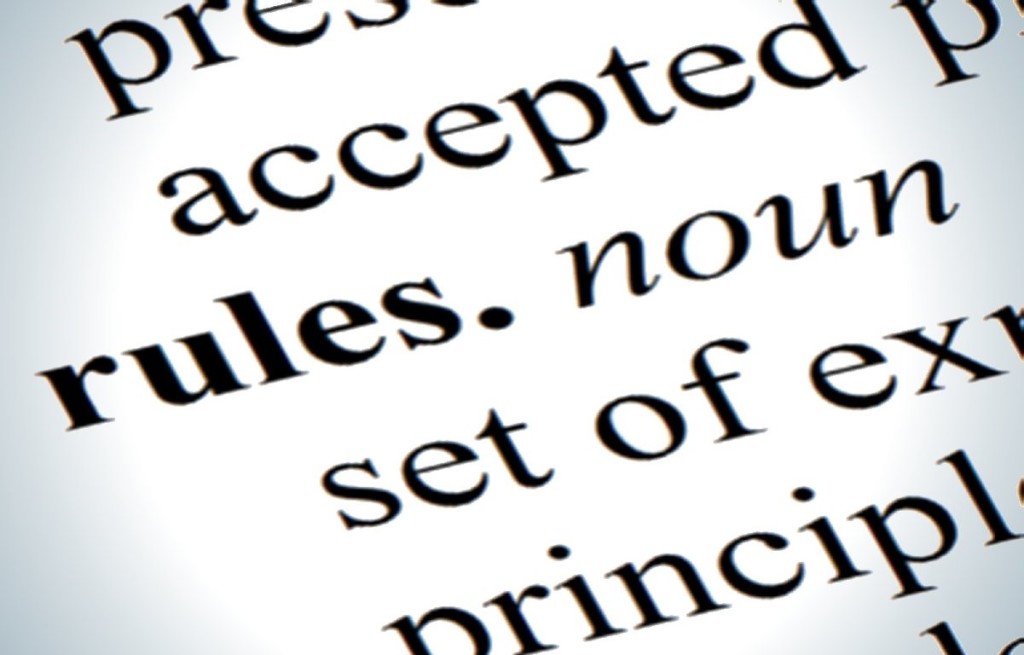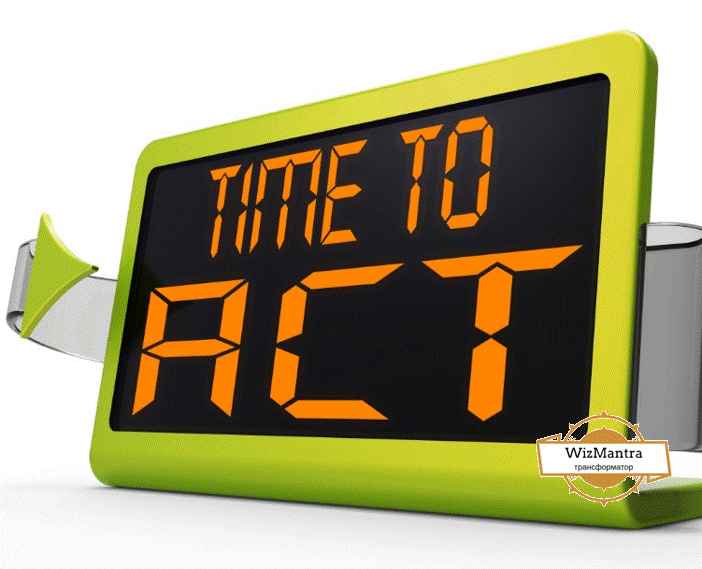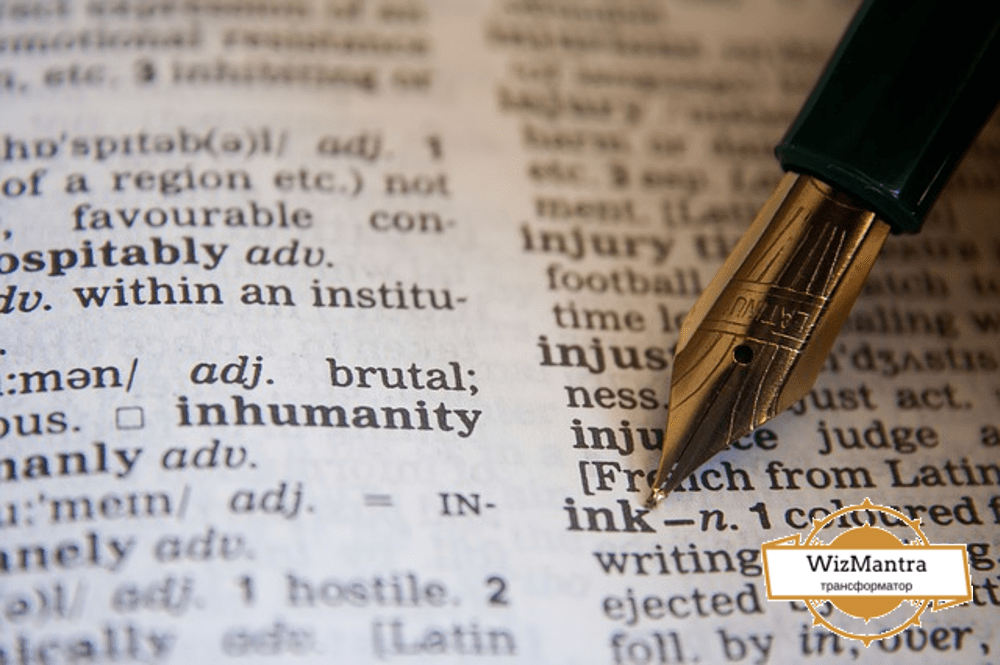10 tips to use & understand Hyphenation in English writing
When to use hyphen while writing English
1.To Compound Words:
“Shrink Wrap”, “Passer-by”
2.Age Indicators as Nouns:
“The seven-year-old kicked me”
3.Adjective / Nouns Combos with “-ED” suffix:
“Nothing is friendlier than a wet-furred and cold nosed dog”
4.Fractions/Measurements Used as Adjectives:
“My dog is one quarter wolf and two quarter ”
5. Prefixes
- With the prefixes “ex-“,”self-” and “all-“
- When referring to relatives with “great-” and with proper names
- With prefixes to prevent recurring vowels, mispronunciation, and capital letters that would fall in the center of a word
- Use a hyphen and prefix combo to avoid confusion: “a chicken cannot re-lay an egg” as opposed to, “please relay the message to Mom”
When not to use hyphen
6.Between Adverb & Adjective
If the first word ends in “-ly”, don’t use a hyphen
“The quilt was beautifully crafted”
7.Adjective Phrase:
When nouns are followed by their modifiers, including age
“Raman’s son is ten year old”
8.Fractions as Nouns
“When the pizza came, Bob ate his one third immediately.”
9. Verb and Preposition Combinations
“We can “look out” from a mountain lookout point”
10.Fractions with Hyphenated Numerators
“The runner did a nose dive into the dirt a mere forty-four and twenty-two one hundredths from the finish line.”








Leave a comment